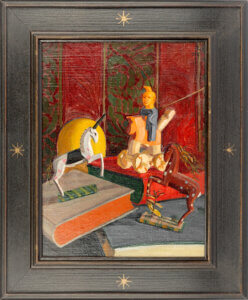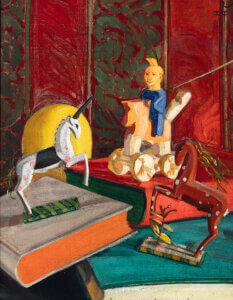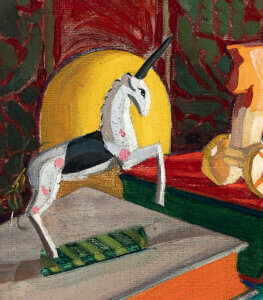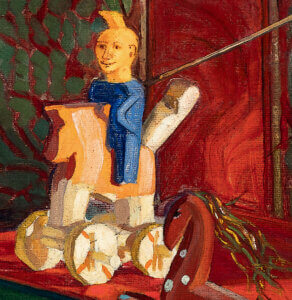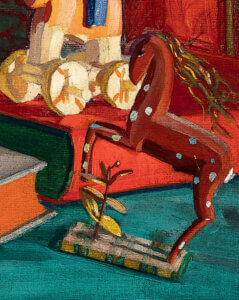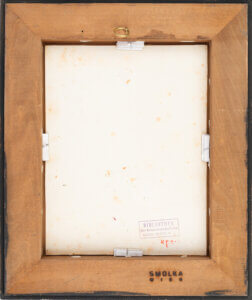Until his death in 1948, Teschner largely completed the wide range of tasks for his puppet stage himself. He worked as a painter, graphic artist, sculptor, stage and costume designer, director and filmmaker.
Richard Teschner was born in Karlovy Vary in 1879 and studied at the Academy of Fine Arts in Prague from 1895 to 1899. In addition to his studies, he came into contact with the Prague literati of the time very early on. It was through her that he first came close to the mystical ideas of indigenous literature with its exotic teachings. Driven away from the confines of the Bohemian capital, Teschner moved to Vienna in 1899. He was denied the opportunity to study at the Academy in Vienna. He began working at the School of Arts and Crafts. But the capital city of Vienna was also too narrow for him, too small in its artistic freedom. This prompted Richard Teschner to return to his home country, where he taught himself various artistic skills. His second stay in Vienna was far more successful than the first. From 1909 to 1912 he worked for the Wiener Werkstätte. He achieved his real international breakthrough in 1912 with his “Figurenbühne”, a fantastic puppet theater inspired by the technique of Javanese wajang figures.
Richard Teschner was also very successful as a director, filmmaker, sculptor, graphic artist and designer and is known today for his mystical, whimsical sculptures and art objects. He created extraordinary works of art and objects in clay, wood, stone, metal and ceramics.
Teschner has also made an appearance as a painter. He made a name for himself not only as a graphic artist and illustrator, but also as a creator of high-quality paintings. He also created this small-format still life in the New Objectivity style. A glimpse into a world of play and literature. A dialog between different genres and yet so obvious. After all, the words are just as free and creative as our children’s play.
